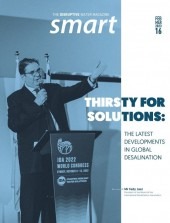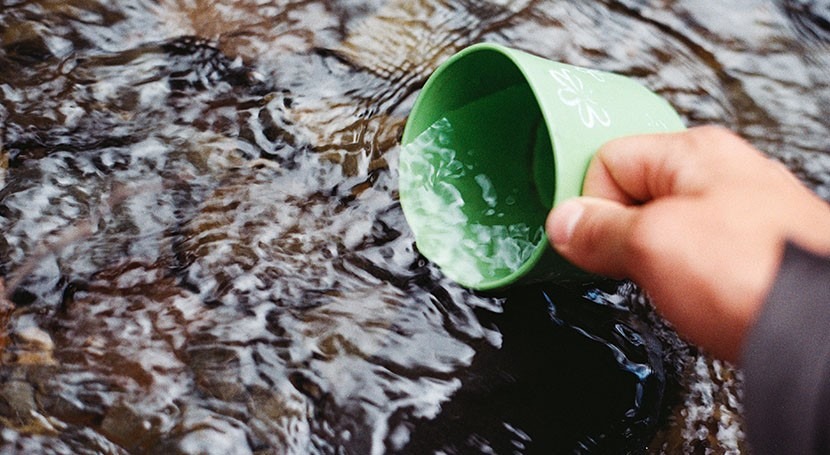Much like we are supporting clients in decarbonizing their current and proposed developments, there is an ever-growing need to provide strategic advice to clients to bolster their planning applications to demonstrate the steps required to achieve water neutrality.
What is water neutrality?
Water neutrality is defined as development that takes place which does not increase the rate of water abstraction for drinking water supplies above existing levels. The concept of water neutrality is ambitious and raises several key points of consideration. For example, which measures are required to ensure a site is water efficient, and how water neutrality can be evaluated on projects of different scales. As we continue to experience hotter summers, these assessments will have more influence than ever.
How the use of water in a site can affect wildlife, especially if the water being extracted is potable water, is another key concern. Additionally, in cases when an area is supplied with potable water via the local trunk mains, there are potential consequences of connecting larger developments to the existing infrastructure.
How can we accomplish water neutrality?
A range of methods and techniques can be used to improve the water efficiency of a development site; installing measures such as smart meters, low-flush toilets, flow restrictors, and trigger-style hose guns can all help to reduce water usage in a site.
Water neutrality raises key points, such as which measures are required to ensure a site is water efficient, and how to evaluate it
However, alone, these measures are not enough. In addition to these techniques, developers can make use of reclaimed water technologies in a bid to further reduce consumption. For example, the collecting of rainwater for practical uses such as flushing toilets and irrigation, or reclaiming greywater left behind in washbasins, showers and baths to be filtered and treated before then passing into a clear water storage tank.
How can offsetting support water neutrality?
Offsetting must be in place before the water demand is generated, for instance before new houses are occupied. If it is not possible to provide sufficient offsetting, either because it cannot be delivered fast enough, or there is not enough available offsetting to meet demand, this could potentially restrict the amount of possible growth.
Planning authorities recommend several current measures to achieve offsetting, including retrofitting a reclaimed water system, or water-efficient devices/fittings, into existing buildings. Water authorities and local councils could use offsetting credits to define a cost for offsetting, which could in theory be a cost used to calculate a developer’s contribution to achieving water neutrality, something that could in the future be charged and collected via schemes S106 agreement in the UK. Additionally, water efficiency programmes in schools could yield a benefit by increasing awareness of the need to save water. The actual offsetting measures will vary scheme by scheme based on scale and the local and national assessment criteria.
Nutrient neutrality and water neutrality
The construction of buildings has the potential to negatively impact ecosystems through the discharge of additional nutrients, which pollute water bodies and cause eutrophication and algal blooms. This can be through agricultural activities, the occupation of buildings where untreated sewage and wastewater enter rivers over and above the limits that water companies’ permits allow, and through surface water run-off. Water neutrality differs from nutrient neutrality in that it is concerned with the amount of water which is being used by developments, rather than its quality.
Overall, many obstacles must be overcome if we are to reduce water use and improve efficiency, but by capitalising on the range of techniques and technologies at our disposal, and with greater legislative support, there is a solution to the issue within sight.





